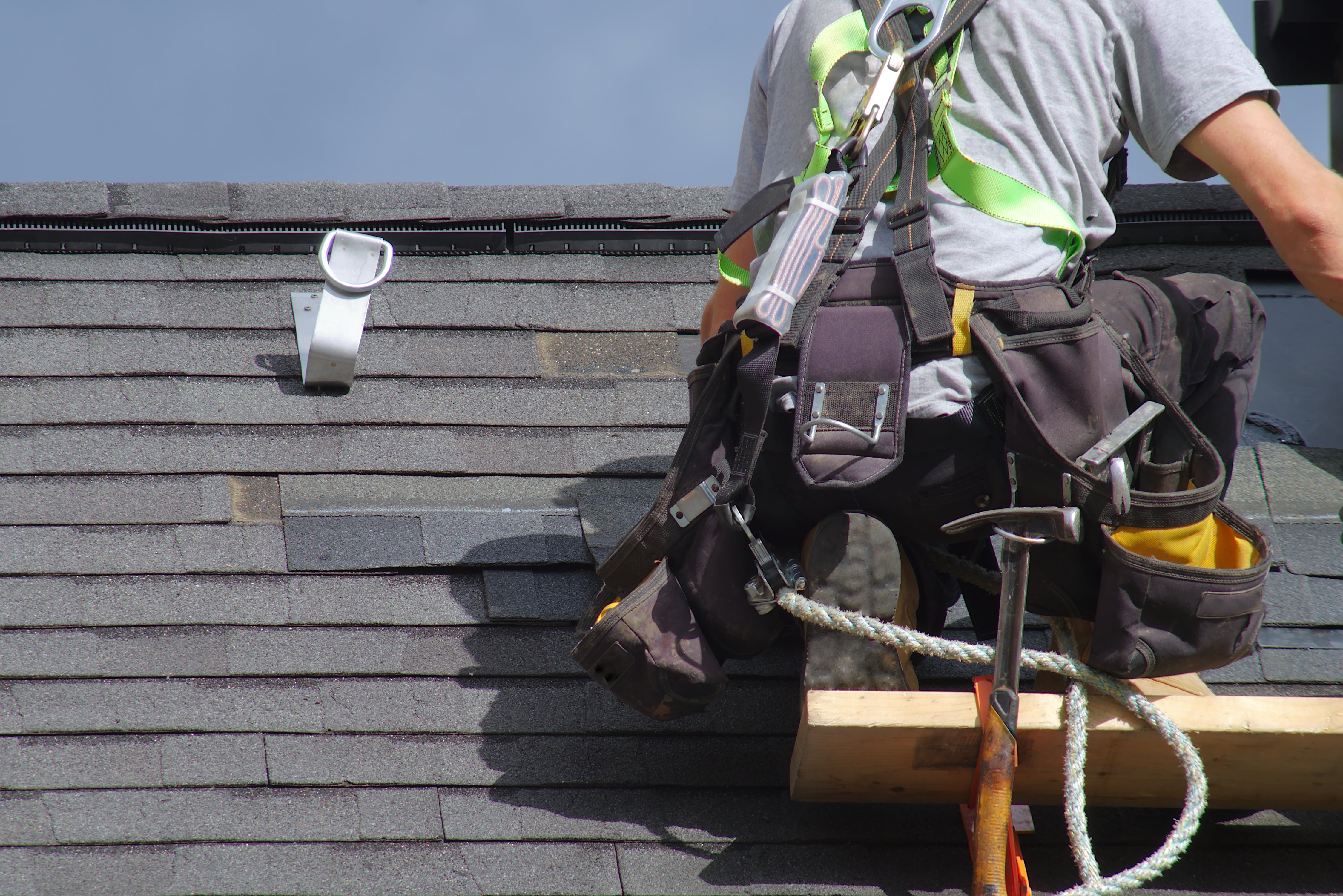As a landlord, it’s important that every inch of your rental property is protected. Luckily, a standard landlord insurance policy typically covers not only your dwelling—the physical structure tenants live in and anything attached to it, such as a garage or deck—but also other detached structures on the property. This type of protection is called other structures coverage, other structures insurance, or additional structures coverage.
In this article, you’ll learn the answers to some of the most common questions regarding other structures coverage, including:
- What is other structures coverage?
- What perils are covered by other structures coverage?
- What is not covered by other structures coverage?
- Is other structures coverage required?
What Is Other Structures Coverage?
Other structures coverage is a section within most standard landlord insurance policies that can provide financial protection if a fence, stand-alone garage, shed, or other detached structure is damaged by a covered peril. While the amount of coverage can vary by policy and be impacted by your dwelling limit, other structures coverage is rarely excluded from landlord insurance.
Additional property features that may be covered by other structures insurance include:
- In-ground swimming pools
- Gazebos
- Driveways
- Docks
- Guesthouse/poolhouse (unless rented to a separate tenant as a primary residence)
- Detached decks and patios
- Mailboxes
- Swing sets
What Perils Are Covered By Other Structures Coverage?
What other structures coverage covers usually depends on the type of dwelling policy you have, as it typically provides protection from the same perils as the dwelling on your rental property. For example, if you have the most basic form of landlord insurance—a DP1 policy—your rental property likely has coverage for:
- Fire
- Lightning
- Smoke
- Explosions
- Windstorms and hailstorms
- Vehicles
- Aircraft
- Riots or civil commotion
- Volcanic explosions
Protection from these covered risks will then extend to other structures on the property through other structures coverage.
%2520(1)%2520(1)%2520(1)%2520(1)%2520(1).png)
What Is Not Covered By Other Structures Coverage?
It’s important to note that other structures coverage usually excludes protection for separate structures that are being rented out as another primary residence on the property. For example, if you have a single-family rental and are also renting out a detached garage to a different tenant, the detached garage would not be considered an “additional structure.”
In this situation, obtaining coverage could get tricky. Since each structure would need its own landlord insurance policy, each structure would then get its own other structures coverage. However, most companies don’t allow duplicative coverage, which could leave your rental property underinsured or uninsured. If your rental property faces this situation, it’s recommended that you talk to your landlord insurance provider.
Depending on the type of coverage your landlord insurance policy offers, there can also be exclusions for certain damage causes. Common risks that may not be covered include earthquakes and floods.
The following supplemental policies can provide additional protection for your rental property:
Earthquake Insurance
While the West Coast has the highest risk of earthquakes in the United States, they can also occur in midwestern and eastern states. However, earthquake protection is not usually included in landlord insurance policies, leaving you and your rental property at risk. As such, obtaining add-on earthquake insurance can help you recover if an earthquake damages or destroys your property.
Flood Insurance
Flooding can result from fast, heavy rainfall, blocked storm drains, and overflowing bodies of water. This type of natural disaster can happen almost anywhere in the United States, and is not usually covered by dwelling insurance or other structures insurance. Purchasing flood insurance can help provide coverage for:
- Your rental property and its foundation
- Plumbing and electrical systems
- Central air and heating systems
Some policies can also provide coverage for personal belongings like furniture.
In addition to obtaining flood insurance, you can help protect your rental property from flooding by installing a sump pump in the basement, grading the lawn away from the property, and making sure rain gutter downspouts are pointed away from the foundation.
Is Other Structures Coverage Required?
Other structures coverage is included in most landlord insurance policies. But you aren’t legally required to obtain this type of coverage at an extra cost if it’s not included. However, having the proper coverage in place can help ensure that you and your real estate investment remain protected.
Obtaining the Right Coverage for Other Structures
Protecting the structures around your property can be just as important as safeguarding the dwelling itself. With other structures coverage, you can get peace of mind that your entire rental property is covered. In the case of a disaster, that’s one less thing to worry about.
If you are in search of a landlord insurance provider that is right for you and your unique needs, Obie is here to help. Obie’s easy-to-use tools and customizable coverage can offer you an efficient and hassle-free solution for your insurance needs.







